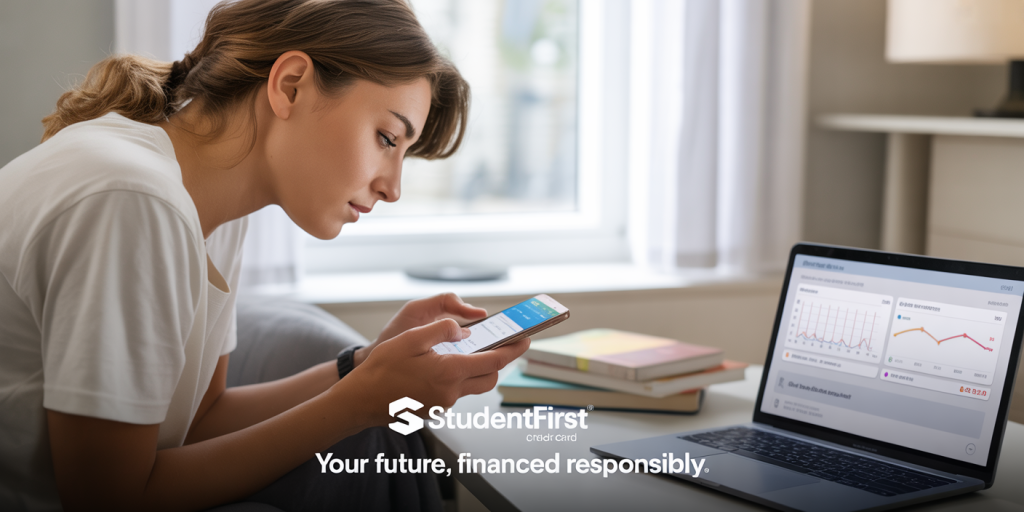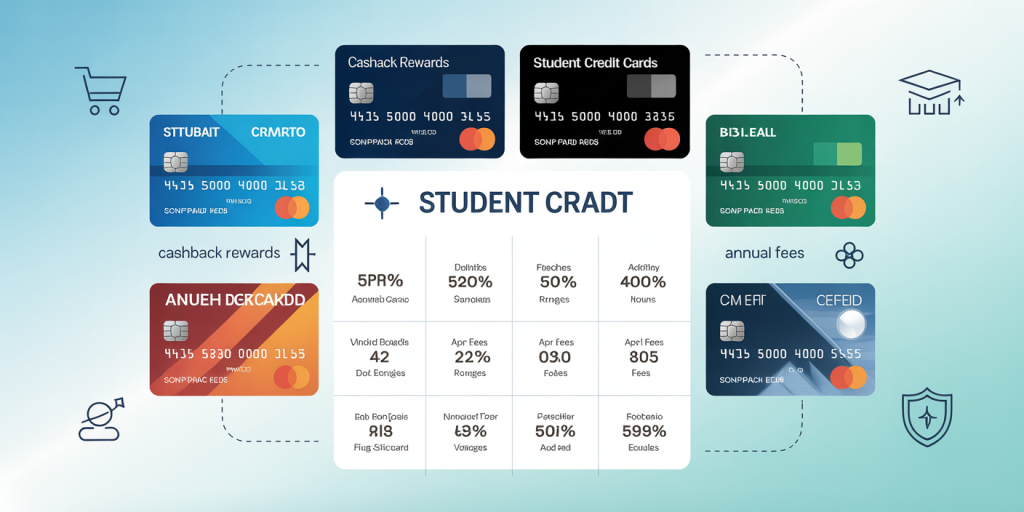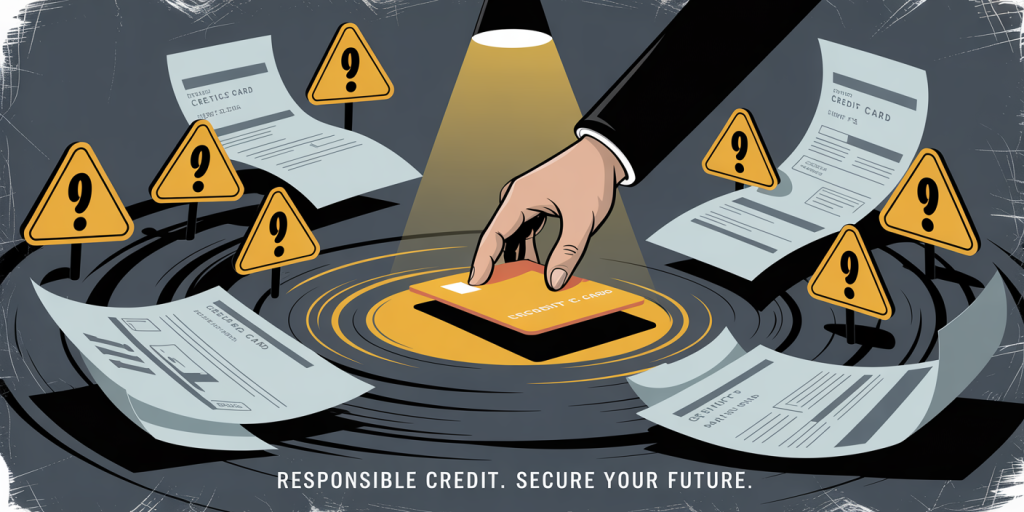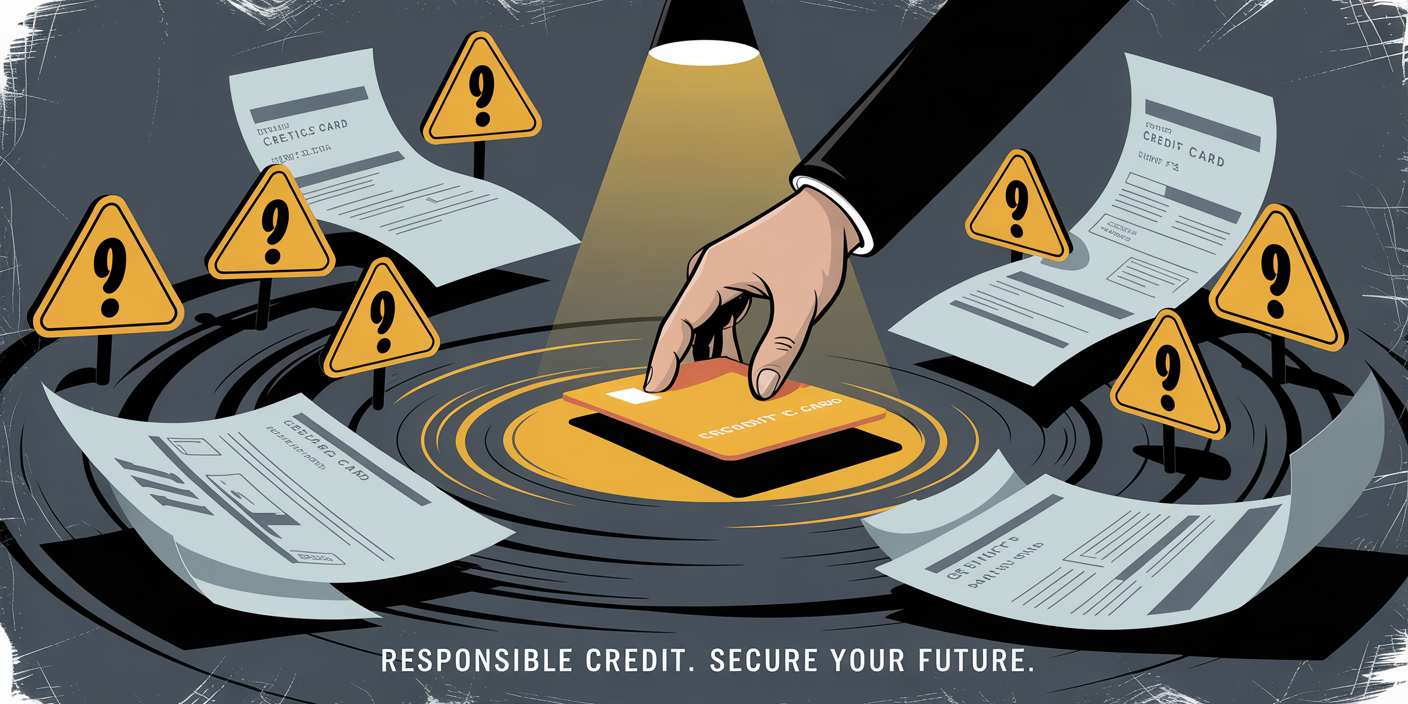In today’s financial landscape, credit cards have become an integral tool not just for adults but increasingly for students entering higher education. For many young people, managing finances independently for the first time can be daunting. Credit cards offer a unique opportunity to build credit history, manage daily expenses, and gain financial literacy. However, their improper use can lead to debt accumulation and poor credit scores, which can adversely affect future financial prospects.
Understanding the balance between advantages and drawbacks is critical for students considering credit cards. This article delves deep into the nuances of credit cards for students, comparing offerings, and providing insights into how to make informed decisions. Practical examples and real-world statistics will illustrate the broader impact of using student credit cards wisely.
The Importance of Credit Cards for Students in Financial Education
Navigating the complex world of finance is an essential skill for students, especially as they transition from dependence on parents or guardians to managing their own money. Credit cards designed specifically for students often come with features that facilitate cultivating good financial habits such as timely payments and controlled spending limits.

According to a 2022 survey by CreditCards.com, 45% of college students reported owning a credit card, with half of these students using their credit cards primarily for managing everyday expenses like groceries, gas, and textbooks. Practical financial habits fostered during college can lead to better credit scores, which are crucial for loans, rentals, and future credit opportunities.
For instance, a student using a credit card responsibly to pay for a $500 laptop purchase and paying off the balance in full each month avoids interest charges and establishes a positive credit history. Financial literacy programs that integrate credit card education have been shown to increase credit responsibility among students by up to 38%, as reported by the National Endowment for Financial Education.
Pros of Credit Cards for Students
One of the primary benefits of student credit cards is the opportunity to build a strong credit history early on. Credit reports record timely payments and credit utilization ratios, both of which factor into credit scores. A good credit score, typically ranging from 700 to 850, can lead to lower interest rates on car loans, mortgages, and better insurance premiums. For example, a student who maintains a credit utilization rate below 30% and pays bills without delay might have a credit score starting at 650 upon graduation, offering better borrowing options.
Many student credit cards come with customizable lower credit limits, which can prevent overspending and allow students to maintain control over their budgets. Additionally, some credit cards offer rewards like cashback on everyday purchases such as dining or transportation, helping students save money. The Discover it® Student Cash Back card, for example, offers a 5% cashback on rotating categories like restaurants and gas stations, which is an excellent perk for students who regularly spend in such categories.
Student cards also often provide financial education tools, including mobile apps that track spending or send notifications about payment due dates. These tools help students develop financial discipline, reducing the risk of late payments that can damage credit scores.
Cons and Risks Associated with Student Credit Cards
Despite the clear benefits, student credit cards come with notable drawbacks that should not be overlooked. The most significant risk is the temptation to overspend, leading to debt accumulation. A 2023 report by Experian found that 25% of student credit card users carried a balance month-to-month, incurring interest rates averaging 17.25%, much higher than typical student loan rates.
Poor financial management at an early age may result in long-term negative consequences. For example, a student accruing $1,000 in credit card debt with an 18% annual interest rate could end up paying over $150 in interest each year if the balance remains unpaid. Moreover, missed or late payments may lead to penalties, higher interest rates, and negative listings on credit reports, harming creditworthiness for years.

Additionally, some student credit cards have hidden fees such as annual fees, foreign transaction fees, and penalty fees. These charges might quickly erode any rewards benefits, rendering the card costly rather than beneficial. For example, the Journey Student Rewards from Capital One does not charge an annual fee, but other cards like the Deserve Edu Mastercard charge one that can start from $25 annually, which might be burdensome for students on fixed budgets.

Students should also be wary of credit limits that might be too high for their financial situation. A high limit could encourage reckless spending and lead to utilization rates above 30%, which negatively impacts credit scores.
Comparing the Best Student Credit Cards: Features and Benefits
Choosing the right credit card is crucial. The following table compares five popular student credit cards available in 2024, taking into account interest rates, fees, rewards, and other critical features:
| Credit Card | APR Range | Annual Fee | Rewards/Perks | Intro Offer | Credit Requirement |
|---|---|---|---|---|---|
| Discover it® Student Cash Back | 12.99% – 21.99% | $0 | 5% cashback on rotated categories, 1% unlimited cashback on others | Unlimited cashback match first year | Fair to Good (600+) |
| Journey Student Rewards (Capital One) | 26.99% | $0 | 1% cashback, 1.25% cashback on timely payments | None | Fair (620+) |
| Deserve Edu Mastercard | 23.24% | $25 | 1% cashback, Amazon Prime Student subscription included | None | Good |
| Citi Rewards+ Student Card | 13.99% – 23.99% | $0 | 2% cashback at supermarkets and gas stations (up to $6,000 annually), rounds up to nearest 10 points | 5,000 bonus points after first purchase | Good |
| Bank of America® Cash Rewards for Students | 13.99% – 23.99% | $0 | 3% cashback on a category of choice (gas, online shopping, dining, travel, drug stores, or home improvement/furnishings) | $200 online cash rewards bonus after $1,000 spent in first 90 days | Good to Excellent (700+) |
This comparison shows the diversity available for students: varying APRs accommodate different financial behaviors, and reward programs cater to individual spending patterns. For example, a student who spends a lot on groceries and gas might benefit most from the Citi Rewards+ card, while others prioritizing flexible cashback options could lean towards Discover or Capital One.
How to Use Student Credit Cards Responsibly: Real-life Strategies
Many students face challenges managing credit cards once they are approved. Several strategies and habits can help keep credit use beneficial rather than burdensome. Firstly, always paying the full balance on or before the due date eliminates interest, ensuring the card is essentially free to use. Setting up automatic payments or payment reminders can be effective tools to avoid late fees.
Practical budgeting is crucial. For instance, students can allocate a fixed monthly amount, like $200, on essential spending and then monitor use weekly via card apps. If a student spends $50 on groceries, $30 on gas, and $70 on study supplies, they still have room to avoid over-extension.
Another effective measure is keeping credit utilization low — below 30% of the credit limit. For a student credit line of $1,000, this means using no more than $300 at any time. Higher utilization suggests increased risk to lenders and can negatively affect credit scores.
An example is Sarah, a university freshman, who initially maxed out her $1,000 credit line within two weeks on non-essential purchases. After a financial literacy seminar, she started using the card only for monthly essentials and regularly paid off the balance. Within six months, her credit score improved by 80 points, facilitating her approved application for an auto loan.
Future Perspectives: Emerging Trends in Student Credit Cards
The landscape of student credit cards continues to evolve with technological advancements and shifts in financial regulations. Future cards are likely to integrate more AI-driven tools that personalize spending advice and provide early warnings about overspending risks. Banks and financial institutions are investing in gamified financial literacy platforms, making it easier for students to engage with money management proactively.
Moreover, the increasing emphasis on responsible lending is leading to more transparency around fees and interest rates. Some lenders are also experimenting with credit cards that link directly with academic performance or extracurricular achievements, rewarding discipline beyond traditional spending metrics.
Financial technology companies are also improving integration of credit cards with digital wallets and mobile banking, simplifying expense tracking for students who prefer cashless transactions. New offerings may include zero-interest credit cards during the first year or lower initial credit limits that adjust based on repayment behavior and income flow, making credit even safer and more accessible.
Additionally, with 70% of Gen Z expressing interest in sustainable and ethical banking, more student credit cards could include features such as donations to environmental causes based on spending patterns or carbon footprint tracking on purchases.
By harnessing both the potential advantages and mitigating the associated risks, students can leverage credit cards as a vital stepping stone toward enduring financial independence. Awareness, education, and proactive management remain key components of turning a student credit card into a powerful financial asset rather than a liability. This comprehensive insight equips students and their families to choose credit cards that best fit their individual needs and future goals.

Deixe um comentário